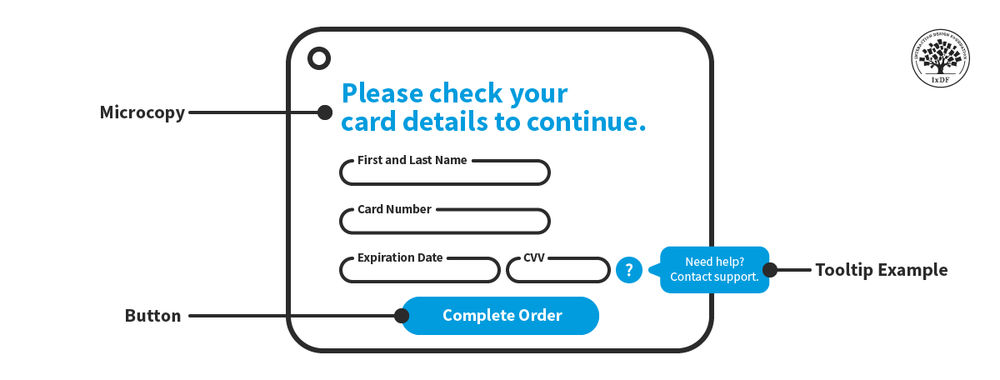We’ve looked at the four key ingredients of user experience this week (if you missed the first four parts to this series – they can be found under the UX Daily tab on our website); information architecture, interaction design, visual design and usability engineering. But how do they come together in the user experience designer’s work?
First Things First, Don’t Panic!
You do not need to be a superstar in each of the four areas that come together to produce a great user experience design in order to be a user experience designer. In fact, it’s incredibly unlikely (not impossible but unlikely) that anyone will achieve mastery in all four areas.

Visual design is not essential. Why? Because a UX designer will be able to pass on fairly basic wireframes or prototypes to a visual designer to do their thing with. That doesn’t mean that a UX designer doesn’t need to be able to recognize good visual design – that’s the end part of the process where you’ll evaluate the work in hand and make recommendations. Most businesses will have someone responsible for visual design because there’s so much that requires visual design in modern companies. Brochures, websites, marketing, manuals, etc. all require that visual touch and it’s probably the easiest of the skillsets to skip if you’re looking to get into user experience design.
Usability engineering is a nice to have. Why? Mainly because the best usability engineers also tend to be academics. It’s not that this is an unimportant skill but it’s often a skill that is best left to a specialist rather than a generalist.
UX designers need to be able to communicate well with visual designers and usability engineers and help them deliver what’s necessary to make a project move forward.

On the flip side it’s probably a good idea for a UX designer to have a strong understanding of interaction design and information architecture. In smaller businesses these areas are likely to be the key components of the UX designers work alongside user research in general. They are skills which can be learned relatively easily, through application and study, and can be quickly iterated with the help of users to the point where they deliver tangible benefits.
What Does a User Experience Designer Do?
Well, a User Experience Designer brings together all the components of user experience into a cohesive whole. They ensure that the elements work in conjunction with each other rather than pulling in different directions. They own responsibility for the end result – the user experience and in some cases, they will also own part of the responsibility for the smaller results of each part of the user experience design.

Sadly, this isn’t the end of the road for the UX Designer but rather the beginning; there are a whole host of more generic skills that are required to be a great UX Designer – like leadership, communication, project management, presenting, etc. but it’s a good place to begin mastering this demanding and exciting profession.
Image Source:
Reed (link to image)
Logan Bryant (link to image)
General Assembly (link to image)
Impatient Designer (link to image)












